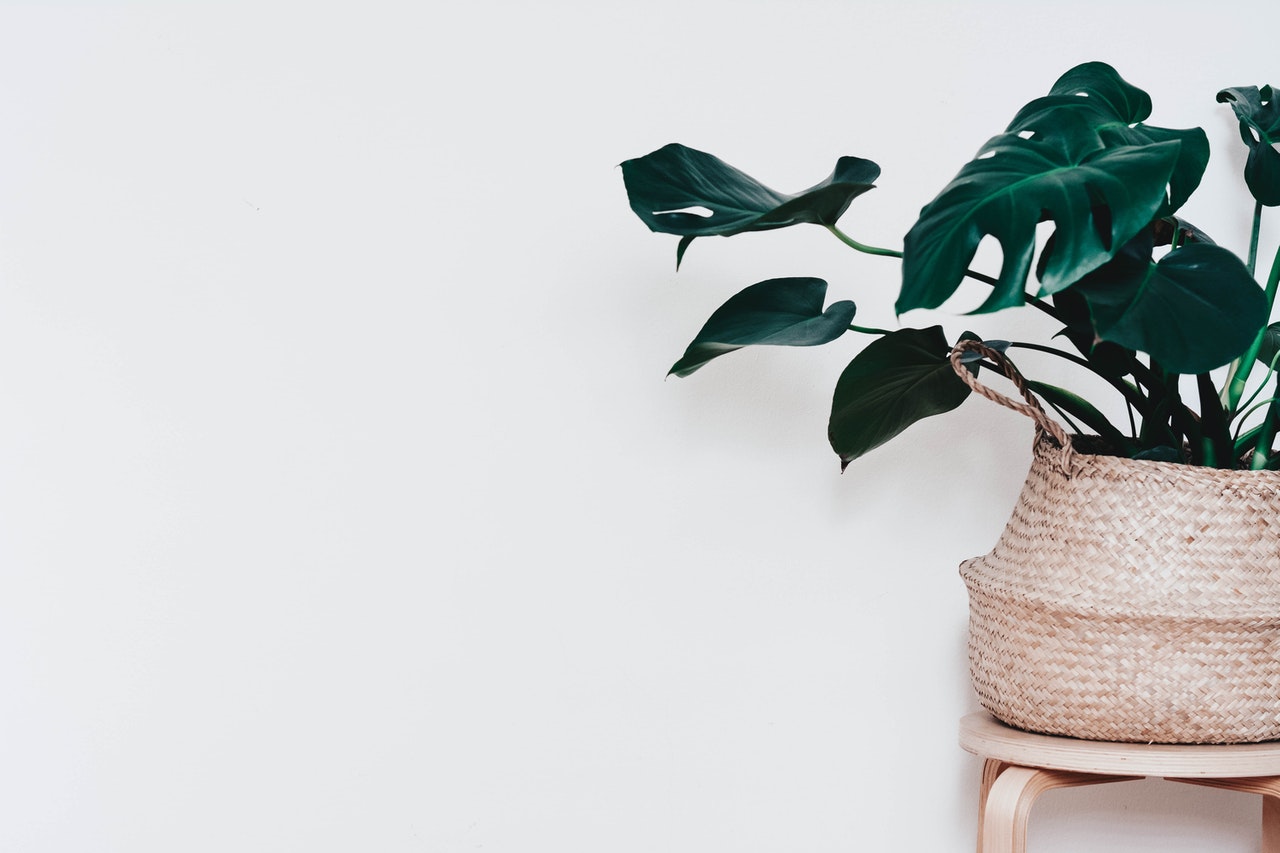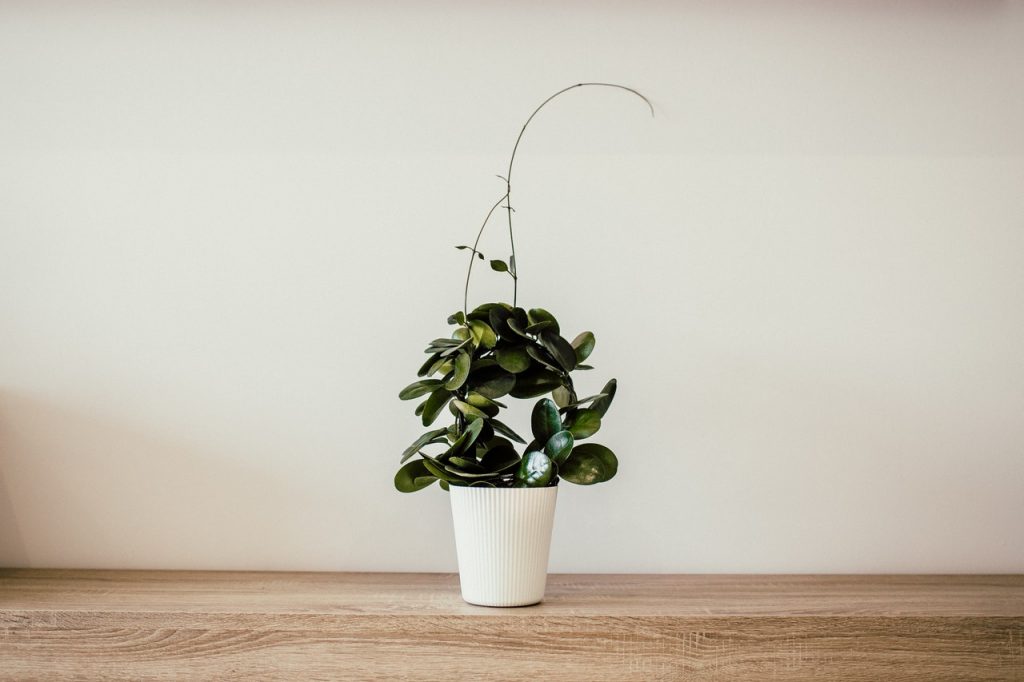Dry air, lower light levels, and fluctuations in temperature due to indoor heating. All these pose challenging conditions for growing your precious houseplants. If you don’t change up your plants’ care routine, seemingly harmless actions like ensuring that the soil is moist at all times could result in your houseplants’ decline or accidental death.
Don’t fret. These tips and tricks can help you tweak your normal care routine during the winter and ensure that your houseplants will survive to see spring.
Relocate Your Houseplants
With less UV intensity and fewer daylight hours, houseplants that were perfectly fine in one spot might have to be relocated closer to the windows so they can take in more sunlight. You should also clean your windows regularly to maximize the amount of sunlight through the windows.
Water Them Right
Most houseplants go dormant during the winter, so they’ll require less water than what they’re used to receiving. How regularly you should water will be based on the specific plant type, dryness and temperature of the indoor environment, and the plant’s location. Drying out the soil between watering sessions could prevent root rot.
In general, the two inches of soil on top should be allowed to dry out for dormant plants to avoid root rot. This means that your plants shouldn’t have soggy, heavy soil. Depending on the room’s humidity level and temperature, you keep your houseplants in, watering every two weeks or a month will suffice.
Lucky bamboo and indoor citrus plants, on the other hand, need consistent moisture throughout winter. Lucky bamboo should be kept moist no matter the season and can even be grown in water jars rather than moist soil. Although indoor citrus plants won’t need too much water, winter is their fruiting season. So take care not to allow the soil to dry completely. Otherwise, it could result in fruit drop.
Wait For Spring to Fertilize
Dormant plants don’t need fertilizer during winter. If you apply fertilizer in the winter, it might just go to waste because the plants won’t absorb it properly in their dormant state. Or worse—the fertilizer could accumulate in the soil and become dangerous to your plants.

Check For Bugs
Houseplants are usually more vulnerable to pests. When they get infected, it will be more difficult for them to get rid of the infestation without natural predators like birds and insects. A cozy house offers the ideal environment for various plant pests such as spider mites, aphids, mealybugs, thrips, and scale insects to thrive.
So check your houseplants thoroughly and regularly for signs of infestation, isolate infested plants, and then treat them as soon as possible. However, for significant infestations, it’s best to call a pest control professional to prevent further damage.
Get Rid of Dust
Certain houseplants, particularly those with broad leaves, could quickly collect plenty of dust, reducing their ability to absorb light efficiently. For small potted plants, clean the leaves by spraying them with water. For bigger plants, wipe down the leaves with a damp cloth.
Consider Repotting, If Needed
The winter season is a great time to repot plants and secure them in bigger pots before spring growth starts. Telltale signs that a plant has to be repotted include yellowing leaves and/or if the pot can’t hold much water because of pot-bound roots that don’t leave much room for soil.
As you can see from above, houseplants are actually more manageable during winter. You need to take their changing needs into account and tweak their care routine to give them the best care possible.
